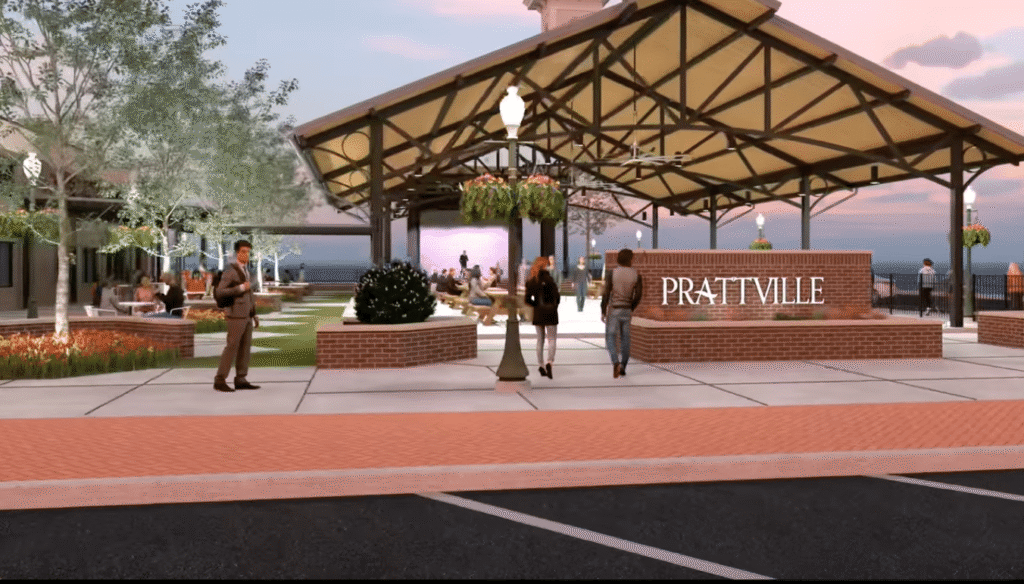Alabama extends Historic Tax Credit–what this means for your city
Reading time: 4 minutes

Who doesn’t love a walk through one of Alabama’s many historic districts? Alabama has a beautiful and storied past–and preserving these historic sites is integral to understanding and telling these stories for years to come. Since 2013, the state of Alabama has been giving incentives to maintain and preserve her history–through a Historic Tax Credit Program.
Historic Tax Credits?

In simplest terms, a Historic Tax Credit gives incentive for the renovation of older buildings rather than tearing them down and building something new on top of it. A great example of preserving a historic site while keeping it usable for the city is the Greyhound Bus Station in Birmingham, which received over $1.5M in Historic Tax Credits to be renovated into an office building.
There’s actually two types of tax credits available in Alabama:
- The Federal Historic Preservation Tax Incentives Program. Started in 1977, the federal program provides a 20% tax credit incentive for qualified renovations
- The Alabama Historic Rehabilitation Tax Credit (HB281). Started in 2013, the Alabama Historic Rehabilitation Tax Credit (HB281) program provides up to 25% of a refundable tax credit for qualified buildings, which must be: 1. On or qualifies for the National Register of Historic Places; and, 2. 60 years or older.
HB281 was set to expire at the end of 2021. However, lawmakers put forth a measure to extend the bill for the next five years, ending in 2027.
The renewal of this program will ensure another five years of continued progress in the restoration and development of historic structures that would otherwise be blighted, vacant, or underperforming.
Stephen McNair, owner of McNair Historic Preservation, Inc.
HB281 – Alabama’s Historic Tax Credit

While saving several important and historic buildings, like the Lyric Theatre in Birmingham, HB281 has been criticized for being less applicable to smaller, more rural parts of Alabama–who want their history preserved as much as the larger cities do.
In the renewal and extension of the program, lawmakers added provisions aimed directly at addressing critiques on former iterations of the bill:
I was glad to see the annual allocations will remain split between urban and rural communities. This more equitable method of administering the historic tax credits has resulted in more projects moving forward in smaller communities. In the first iteration of the legislation in 2013, the urban/rural split was not included, resulting in almost every penny of the program going to Birmingham and other larger urban centers.
Stephen McNair, owner of McNair Historic Preservation, Inc.
Some more changes to the bill include:
- Only income-producing buildings qualify
- An extension of timeframe for rural areas (from 6 months to 9 months) for developers to start projects
- Split allocations between rural and urban areas
Revitalizing Alabama’s History

Despite any drawbacks or citiques on HB281, it has been categorically great for Alabama:
State historic tax credits are one of those rare incentives where everyone in government and the private sector can realize an economic benefit.
Stephen McNair, Owner of McNair Historic Preservation, Inc.
Restoration projects create jobs, both before and after the project’s completion. On top of that, the renovation creates higher property value for the entire neighborhood and breathes life into otherwise abandoned areas.
Tax Credit Incentives at Work

McNair Historic Preservvation, Inc. was started in 2015 as a consulting firm for those looking to renovate historic buildings. McNair is an expert in historical preservation and renovation. Here are two projects the firm helped secure tax credits for, renovate, and restore!
1. Lyons Building
Though a relatively small building when compared with neighboring skyscrapers, the Lyons Building is a gorgeous historical nugget in the heart of the business sector of Mobile. The renovations were completed in 2019, and the building has since been used for the Sophiella Art Gallery.
2. Isle Dauphine Club
McNair was integral in getting this building on the National Register of Historic Places. The club was built in 1957, and many of its original architectural features are still intact. Isle Dauphine Club remains a central piece of Dauphin Island life, culture, and history.












